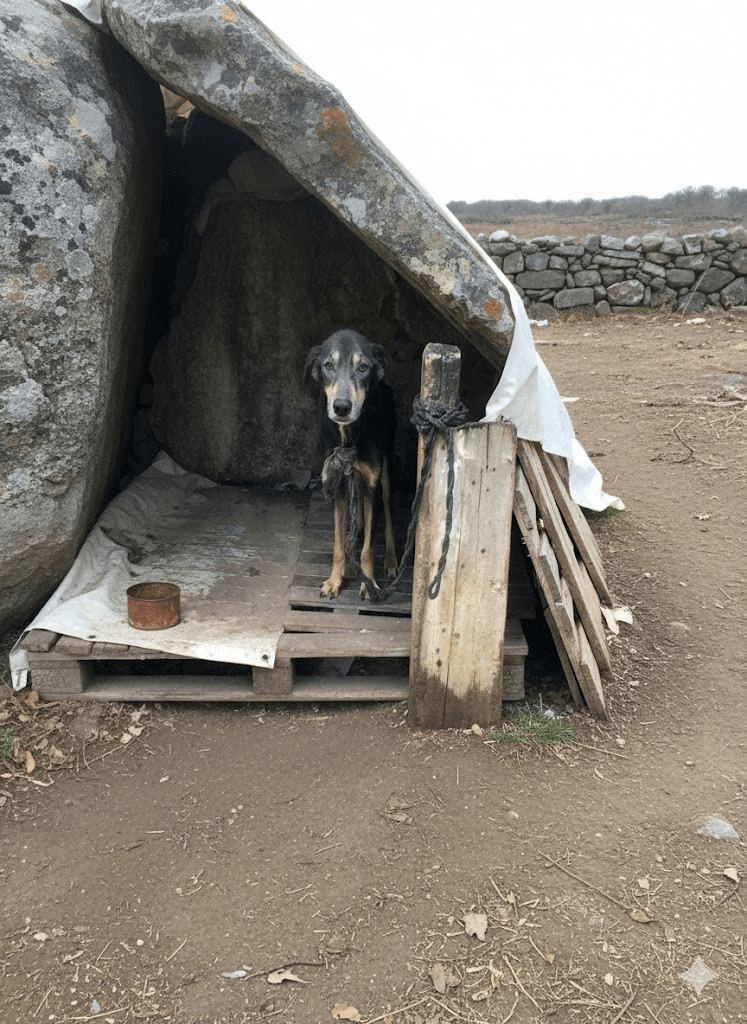The image of a dog, tethered by thick ropes to a weathered wooden post, its eyes holding a depth of unspoken emotion, serves as a stark and poignant reminder of a hidden reality for countless animals around the globe. This isn’t merely a picture; it’s a window into a life defined by confinement, a silent narrative whispered through lowered ears and watchful gazes. For many, the concept of a “pet” evokes images of warmth, companionship, and boundless freedom, yet for dogs like the one depicted, existence is a far cry from this idyllic vision. Their days are circumscribed by the length of a chain, their world limited to a small, often solitary, patch of ground. This article delves into the often-overlooked issue of permanent tethering and chaining of dogs, exploring its profound impact on their physical and psychological well-being, the societal factors that perpetuate such practices, and the imperative for greater awareness and compassionate intervention. We aim to shed light on the unseen bonds that bind these animals, not just physically, but also in the silent plea they make for understanding and a better quality of life. The challenges faced by these dogs extend beyond mere discomfort; they encompass a spectrum of deprivations that compromise their fundamental needs for socialization, exercise, and mental stimulation, ultimately diminishing their capacity for joy and fulfillment.
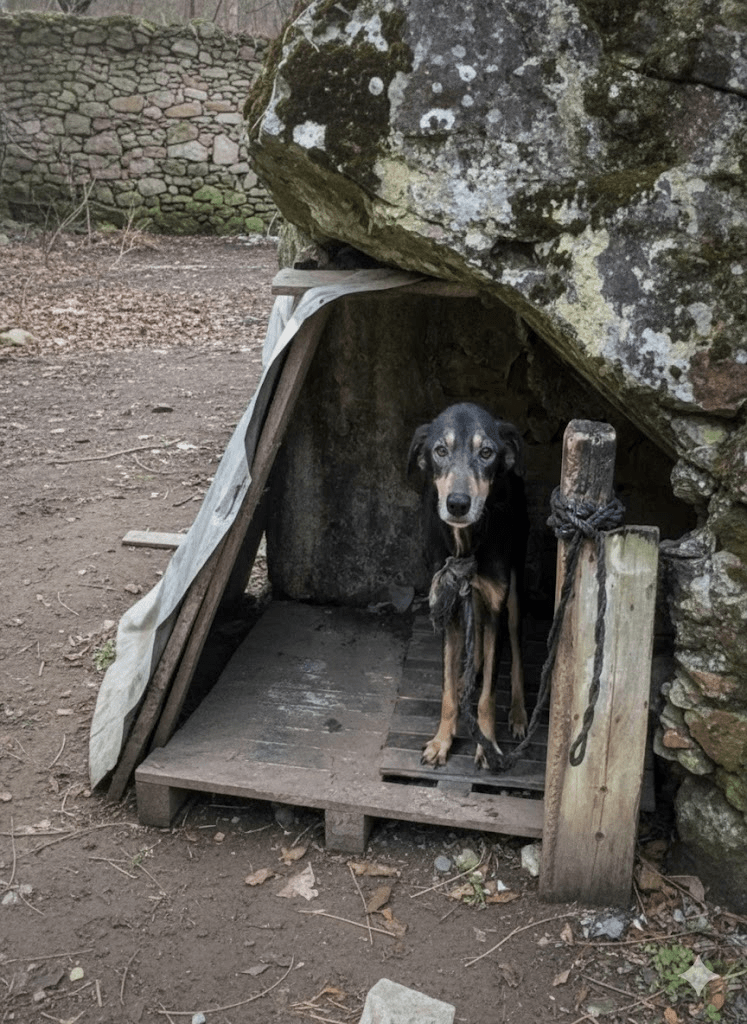
The psychological toll of perpetual confinement on a highly social species like the dog is immense and often devastating. Dogs thrive on interaction, exploration, and the security of a stable pack environment, whether that pack is canine or human. When these fundamental needs are denied, the consequences can manifest in a range of behavioral issues. Chained dogs often exhibit signs of depression, anxiety, and learned helplessness, their spirits slowly eroded by the monotony and isolation. Their world shrinks to the immediate vicinity of their tether, leaving them vulnerable to extreme weather conditions, devoid of adequate shelter, and often without consistent access to fresh food and water. This constant state of deprivation and lack of stimulation can also lead to aggression, as their limited world fosters fear and defensiveness towards anything perceived as a threat. The lack of positive human interaction, the absence of play, and the inability to escape perceived dangers contribute to a cycle of stress that profoundly impacts their mental fortitude. This psychological burden is arguably as cruel, if not more so, than the physical discomfort they endure. Their innate curiosity and desire for connection are systematically suppressed, leaving them in a state of perpetual limbo, existing rather than truly living.
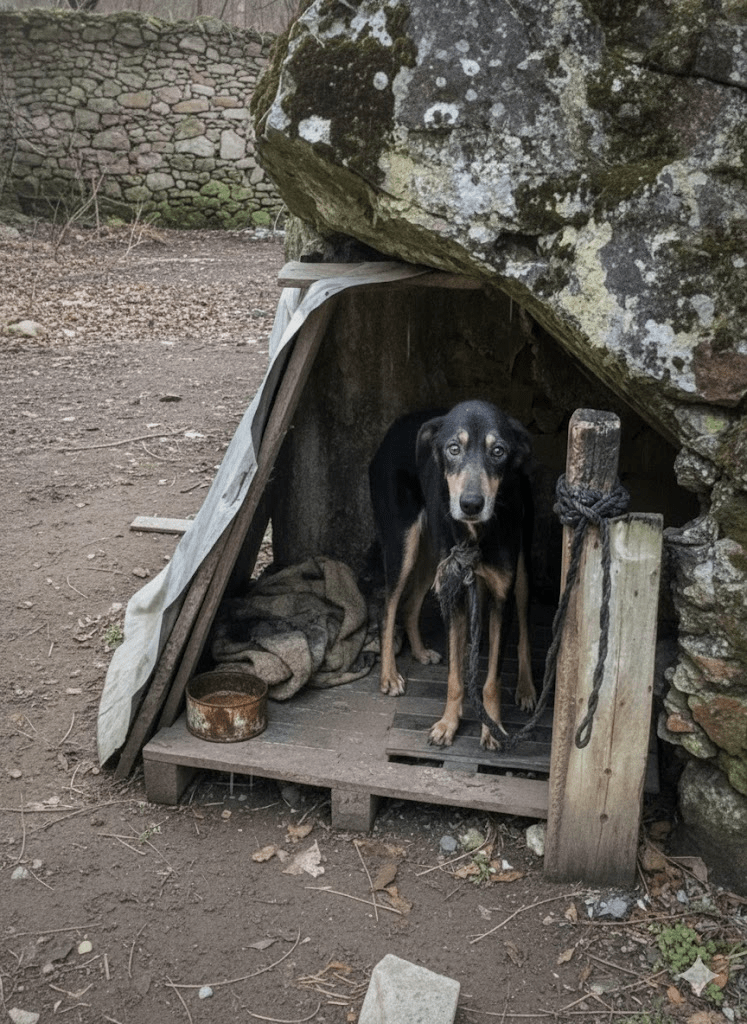
Physical repercussions are equally dire. The constant tension of a chain can cause severe neck and spinal injuries, while the repetitive motion of pulling against it can lead to sores, abrasions, and even permanent nerve damage. Over time, these dogs often suffer from muscle atrophy due to lack of exercise, their bodies growing weak and their joints stiff. Furthermore, chained dogs are frequently denied adequate veterinary care. They may suffer silently from untreated illnesses, parasitic infestations, and injuries that go unnoticed or unaddressed. Their living conditions, often unsanitary and exposed to the elements, exacerbate health problems, making them susceptible to a range of infections and diseases. The image itself hints at a humble, perhaps makeshift, shelter, offering only minimal respite from the elements. This lack of proper care, combined with the stress of their confinement, significantly shortens their lifespan and diminishes their quality of life. They are often forgotten, existing on the fringes of human society, their needs unmet and their suffering largely invisible.
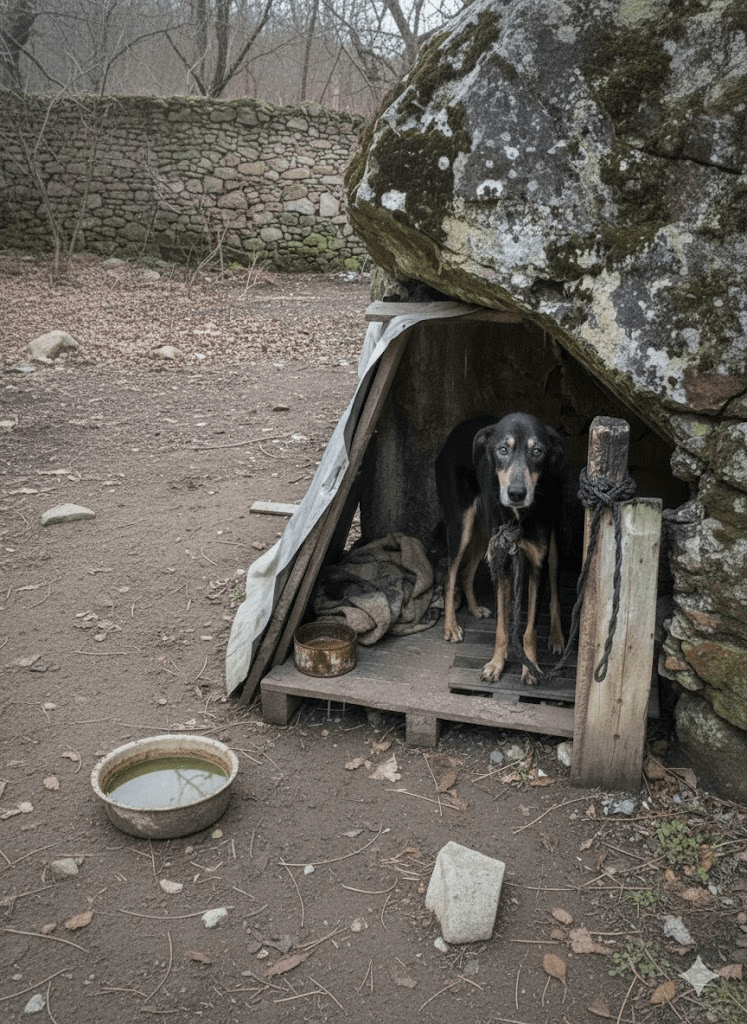
Cultural and socioeconomic factors often underpin the practice of permanent dog tethering. In some communities, dogs are viewed primarily as working animals for guarding property or livestock, and chaining is seen as a practical means of control. In others, a lack of resources, education, or awareness about humane animal care can lead to such practices. Sometimes, it’s a desperate measure by owners who feel overwhelmed or unable to provide appropriate containment, rather than a deliberate act of cruelty. However, regardless of the underlying reasons, the suffering endured by these animals remains a pressing concern. The perception of dogs as mere tools, rather than sentient beings with complex emotional and physical needs, is a deeply ingrained issue that requires a shift in perspective. Education initiatives are crucial to challenge these traditional views and promote a more empathetic understanding of animal welfare, demonstrating that alternative, humane solutions exist and are ultimately more effective and beneficial for both the animal and the community. Without addressing these root causes, the cycle of neglect will continue.
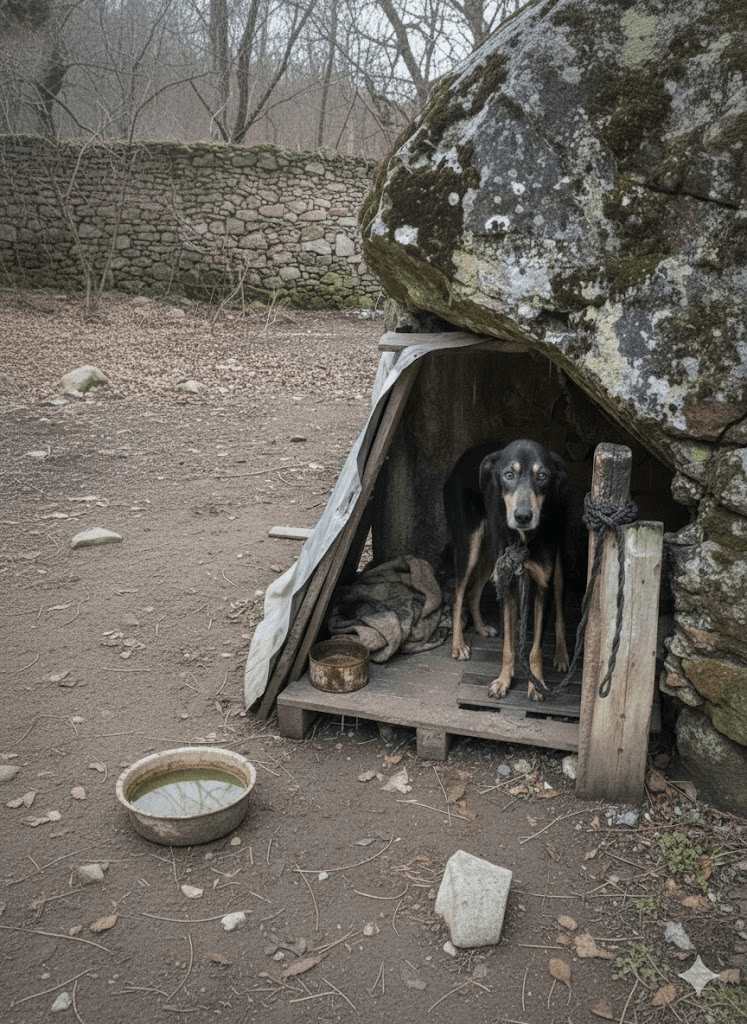
Recognizing the profound negative impacts of permanent tethering, many regions and organizations are advocating for stronger anti-chaining laws and educational programs. These efforts aim to restrict or prohibit long-term chaining, promote responsible pet ownership, and provide resources for owners to build secure enclosures or implement humane alternatives. The objective is not to demonize dog owners, but rather to foster a deeper understanding of canine needs and encourage practices that prioritize animal welfare. By offering accessible solutions and support, communities can work towards a future where no dog is condemned to a life of perpetual confinement. This includes promoting spaying and neutering programs to reduce stray populations, offering affordable training classes to address behavioral issues, and creating awareness campaigns about the legal and ethical implications of chaining. The ultimate goal is to shift societal norms, moving away from a punitive approach towards one that emphasizes empathy, education, and proactive engagement. Only then can we hope to see a meaningful and lasting change in the lives of these vulnerable animals.
